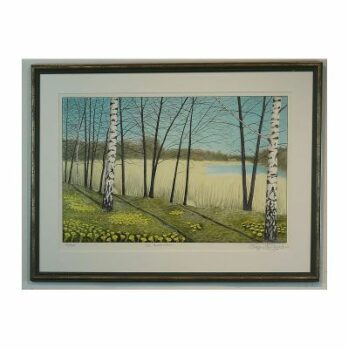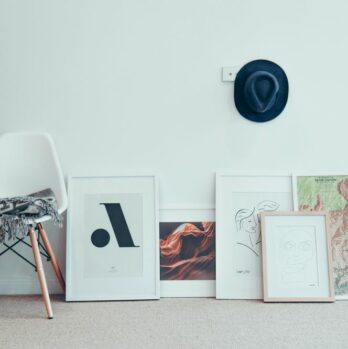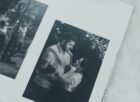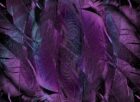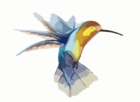Fashion illustration Elevating Style through Artistic Expression
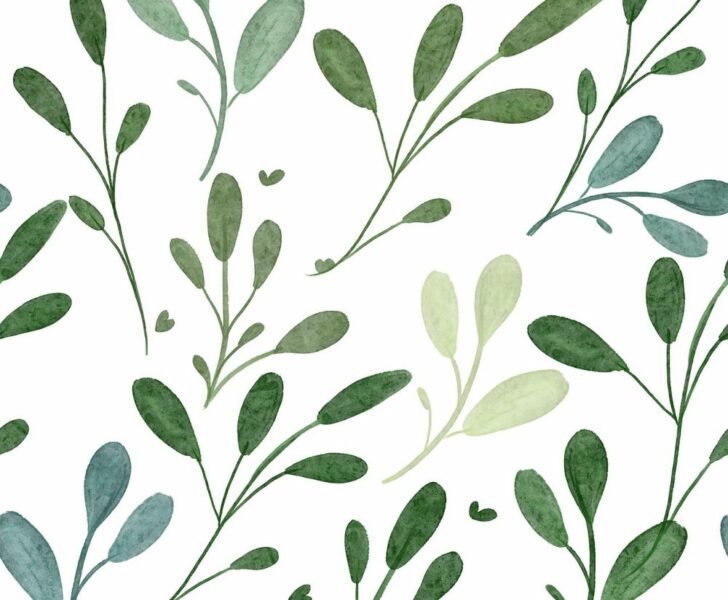
Introduction:
Fashion illustration is an art form that combines fashion and drawing to create visually captivating and expressive representations of garments, accessories, and designs. In this comprehensive article, we will delve into the world of fashion illustration, exploring its different types, popularity, quantitative measurements, variations, as well as its intriguing historical journey.
1. A Thorough Overview of Fashion Illustration:

Fashion illustration is an artistic depiction of fashion designs, capturing the essence of garments and accessories with a focus on aesthetics and style. It is a way of visually communicating and portraying fashion concepts, trends, and ideas. These illustrations serve various purposes, including showcasing collections, advertising products, or simply celebrating the artistry behind fashion.
2. Extensive Presentation of Fashion Illustration:
2.1 Types of Fashion Illustration:
Fashion illustration encompasses several types, each with its unique approach and style. Some of the popular types include:
– Vogue Illustration: Known for its high fashion and editorial flair, Vogue illustration captures the essence of glamour and sophistication. It often features elongated figures with exaggerated features and expressive poses, emphasizing the grace and elegance of the garments.
– Street Style Illustration: Reflecting the dynamic and eclectic nature of street fashion, this type of illustration focuses on capturing the individuality and vibrant energy of people’s personal style. It often incorporates quirky details and bold colors to highlight the uniqueness of fashion choices.
– Technical Illustration: This type of fashion illustration is more detailed and precise, focusing on accurately representing the construction and design elements of garments. It is commonly used for technical purposes, such as pattern making or manufacturing.
2.2 Popularity and Impact:
Fashion illustration has gained significant popularity in recent years, driven by social media platforms and the desire for creativity and uniqueness. The rise of fashion influencers and bloggers has amplified the demand for captivating visuals, where fashion illustrations play a pivotal role. These illustrations not only serve as visual eye candy but also contribute to shaping trends and inspiring fashion enthusiasts worldwide.
Quantitative Measurements:
Quantitative measurements in fashion illustration can be challenging due to its subjective nature. However, digital platforms and tools have provided valuable insights into its reach and impact. Some key quantitative measurements include:
– Social Media Engagement: Fashion illustrations shared on platforms like Instagram and Pinterest can be quantified through likes, comments, shares, and reach. These metrics provide an indication of the artwork’s popularity and resonance with the audience.
– Online Sales and Collaborations: Fashion illustrators often collaborate with brands and designers, contributing to product promotion. Monitoring sales and engagement resulting from these collaborations can provide quantitative data on the impact of fashion illustration as a marketing tool.
How Different Fashion Illustrations Differ from Each Other:
Fashion illustrations vary in style, technique, and purpose, offering unique perspectives within the fashion industry. Here are some notable differences:
– Artistic Style: Fashion illustrations can range from realistic and detailed to abstract and whimsical, showcasing the artist’s individuality and creative approach.
– Medium and Tools: Illustrators can use traditional mediums such as watercolors, pencils, or markers, or opt for digital tools like tablets and software. The choice of medium impacts the final outcome and aesthetic of the illustration.
Historical Overview of Advantages and Disadvantages of Fashion Illustration:
Fashion illustration has evolved over time, adapting to the changing needs and technological advancements. Here are some historical aspects of its advantages and disadvantages:
– Advantages of Traditional Fashion Illustration:
In the past, traditional illustrations allowed designers to envision and refine their ideas without the constraints of technology and resources. It provided a tangible and tactile representation of garments, fostering creativity and craftsmanship.
– Disadvantages of Traditional Fashion Illustration:
Traditional fashion illustrations were time-consuming and limited in terms of distribution and reproduction. They required skilled artists, which could be expensive and time-consuming.
– Advantages of Digital Fashion Illustration:
The advent of digital tools revolutionized the fashion illustration industry. It offered infinite possibilities, faster production, easy editing, and the ability to reach a global audience instantly.
– Disadvantages of Digital Fashion Illustration:
While digital fashion illustration provides numerous advantages, it has also led to a saturation of similar styles and an overreliance on computer software. It can diminish the uniqueness and personal touch found in traditional illustrations.
In conclusion, fashion illustration serves as a captivating and influential medium within the fashion industry. Its diverse types, quantitative measurements, variations, and historical journey contribute to its continued relevance and ever-evolving nature. By understanding its nuances and appreciating the fusion of fashion and art, we gain a deeper understanding of its impact on style, creativity, and self-expression.
